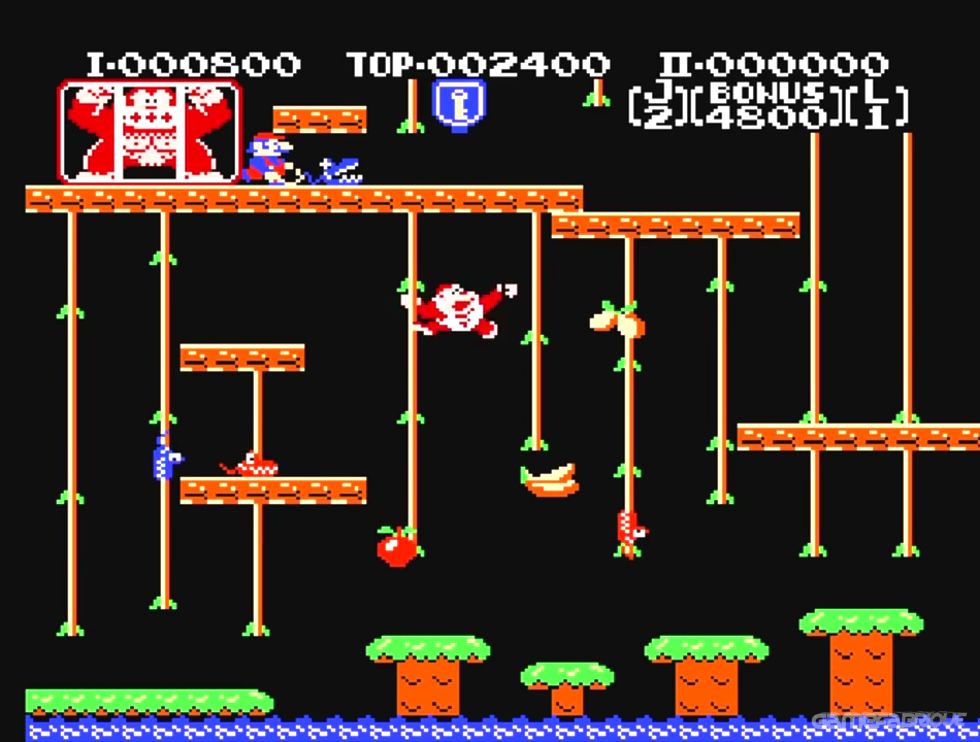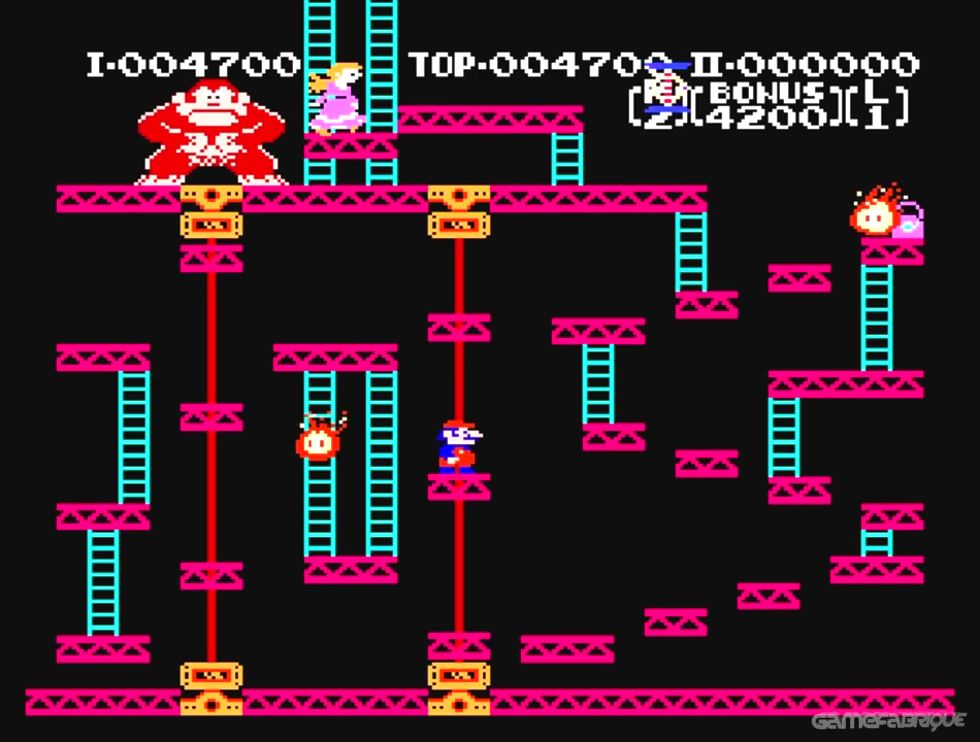

Likewise, the game itself initially appeared to be a decade out of date as well. After all, the Game Boy's processor was a slightly faster derivative of the chip that had powered the original Donkey Kong far from being cutting-edge tech, the Game Boy was a decade out of date in 1994. Sure, it also included a special Super Game Boy-specific mode for some minor visual enhancements, but even so it still looked even more primitive than the 1981 arcade game. Rather than pushing the limits of '90s development tools, Donkey Kong '94 featured tiny graphics rendered in the Game Boy's usual four shades of murky green. USgamer's Daily Classic for February 18, 2014: Donkey Kongĭesigned for Game Boy, the visuals in this alternate take on Kong couldn't have been more spiritually different from Donkey Kong Country's.10 years too late, but who's counting, right? At the same time, Kong's original designer, Shigeru Miyamoto, set to work quietly on a totally different kind of game: A semi-remake/semi-sequel to the original arcade machine called, simply, "Donkey Kong."įinally, the cement factory. After doing not a damn thing with Donkey Kong for more than 10 years, Nintendo resuscitated its first big hit with 1994's jaw-dropping Donkey Kong Country, in which developer Rare used bleeding-edge tech to infuse a fairly by-the-numbers platformer with graphics that made the Super NES look far more powerful than it really was. Well, if you're Nintendo, you have it both ways.

Given the chance to revive it, do you bring back with cutting-edge visuals and contemporary design? Or do you revisit the property with the humblest technology possible, presenting its return as a faithful remake? Imagine you're the steward of a classic gaming franchise, one that once was the biggest around but that essentially has been missing in action for the past decade.


 0 kommentar(er)
0 kommentar(er)
